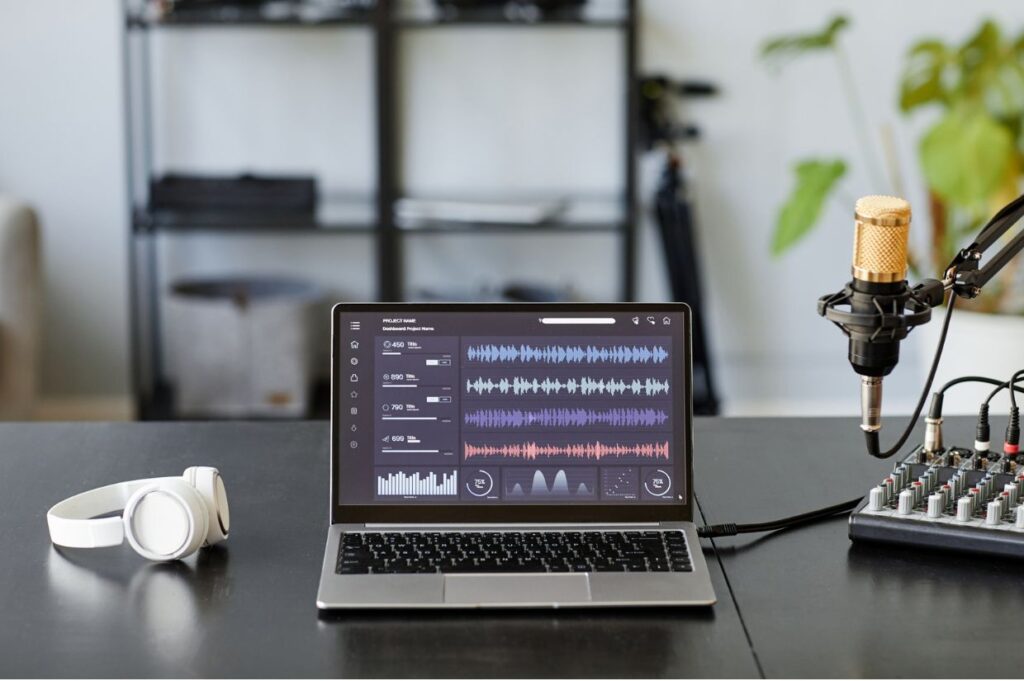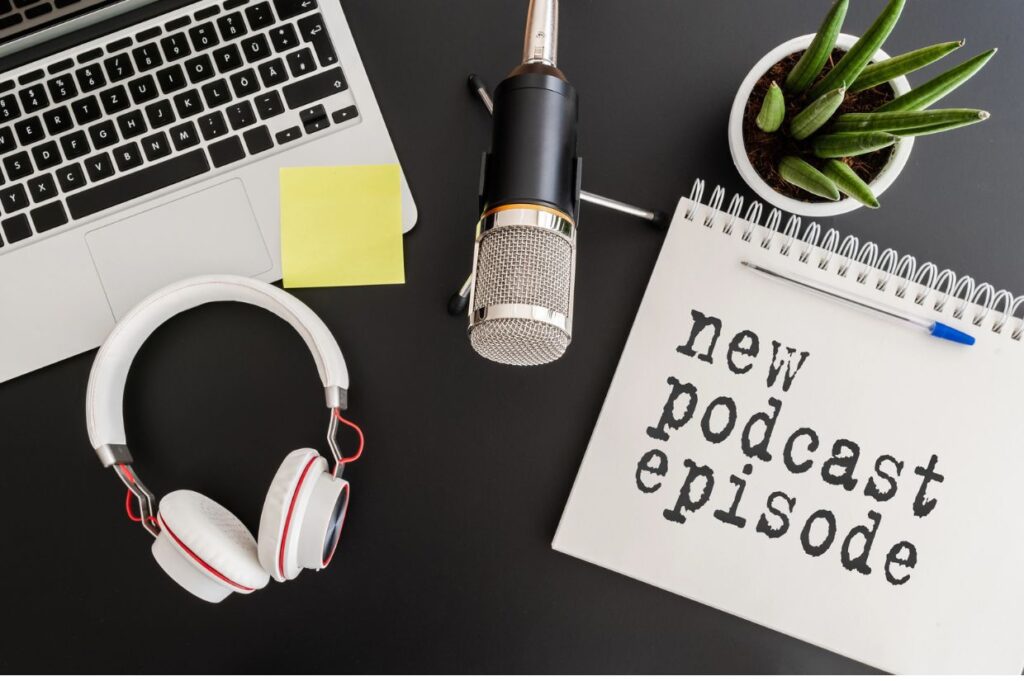If you’re a blogger, you already know the power of words. But have you ever considered turning those words into something new — like a podcast? Podcasting offers an exciting way to reach new audiences and repurpose your existing content. Here, we’ll talk about how you can turn your written content into engaging audio episodes, the tools you need to get started and why audio content is so valuable in today’s digital landscape.

Being part of a podcast allowed me to connect with my audience in a new way. Speaking about my content gave it a more personal touch, and it felt like I was having a conversation with the listeners. It made my ideas come to life beyond the written words, and I quickly saw how podcasting can bring a fresh dimension to blogging. Reaching people who prefer listening over reading opened up new opportunities to engage with my audience, and I’d recommend it to any blogger looking to grow.
Why podcasting?
Podcasting is more than just a trend — it’s a powerful tool for reaching people who prefer audio content over written text. In today’s busy world, many people are constantly on the go and looking for ways to consume content while multitasking. Whether they’re commuting, exercising or just winding down, podcasts offer a convenient way to engage with content. By turning your blog posts into podcasts, you’re tapping into this growing audience and giving your content a new lease on life.
Repurposing blog content into podcasts
Repurposing your blog content into podcast episodes is a fantastic way to maximize the value of what you’ve already created. Here’s how you can get started.
Choose your blog posts wisely
Not all blog posts will translate seamlessly into podcast episodes. Look for posts that are engaging, informative and have a conversational tone. Posts that answer common questions, provide how-to guides or tell compelling stories often make great podcast material.
Adapt the content
Transforming written content into audio involves a bit of adaptation. Start by breaking down your blog post into a script or outline that suits a spoken format. This might mean simplifying complex ideas, adding anecdotes or incorporating a more conversational tone. Remember, the way people listen is different from the way they read, so make sure your content flows naturally when spoken.
Add value with personal insights
One advantage of podcasting is the opportunity to add a personal touch. Share behind-the-scenes stories, offer additional insights or include updates that weren’t part of the original blog post. This makes your podcast episodes more dynamic and engaging.
Include calls to action
Don’t forget to include calls to action in your podcast episodes. Whether it’s directing listeners to your blog, encouraging them to subscribe to your podcast or prompting them to leave a review, clear calls to action help drive engagement and grow your audience.
Essential tools for getting started
Launching a podcast doesn’t require a huge investment but there are a few key tools you’ll need to get started:

Microphone
A good quality microphone is essential for clear and professional-sounding audio. USB microphones like the Blue Yeti or Audio-Technica ATR2100x are popular options for beginners due to their ease of use and affordability.
Headphones
Investing in a pair of headphones helps you monitor your audio quality during recording and editing. Look for closed-back headphones to minimize background noise.
Recording software
There are several user-friendly recording software options available, such as Audacity or Adobe Audition. These tools allow you to record, edit and mix your podcast episodes.
Podcast hosting platform
Once your episodes are recorded and edited, you’ll need a podcast hosting platform to distribute your content. Popular options include Libsyn, Podbean and Spotify for Podcasters. These platforms help you manage your podcast and distribute it to major directories like Apple Podcasts, Spotify and Google Podcasts.
Cover art and branding
Just like your blog, your podcast needs a strong visual identity. Design eye-catching cover art that reflects your podcast’s theme and branding. Tools like Canva can help you create professional-looking graphics even if you’re not a designer.
Benefits of audio content
Incorporating audio content into your blog strategy offers numerous benefits.
Increased reach
Podcasts can help you reach an audience that might not have discovered your blog otherwise. By tapping into the podcasting community, you’re opening up new avenues for people to find and engage with your content.
Enhanced engagement
Audio content allows for a deeper connection with your audience. Listeners get to hear your voice, which can create a more personal and engaging experience. This can foster a stronger relationship between you and your audience.
Versatility
Podcasts are versatile and can be consumed across various devices and platforms. Whether people are at home, at work or on the go, they can easily tune into your podcast. This flexibility helps you stay top-of-mind with your audience.
Monetization opportunities
As your podcast grows, there are opportunities for monetization through sponsorships, listener donations or premium content. This can provide an additional revenue stream and further support your blogging efforts.
SEO benefits
Podcasts can also boost your blog’s SEO. By including transcripts of your episodes on your blog, you provide additional content for search engines to index. This can improve your blog’s visibility and attract more traffic.
Getting the most out of your podcasting efforts
To make the most of your podcasting efforts, consistency is key. Regularly release new episodes to keep your audience engaged and build momentum. Promote your podcast through your blog, social media and other channels to drive traffic and attract new listeners.

Engaging with your audience through listener feedback and incorporating their suggestions can also help you improve and tailor your content. Consider running polls or asking for input on future topics to create a more interactive experience.
Final words
Podcasting is a powerful way for bloggers to repurpose their content and connect with a wider audience. By adapting your blog posts into engaging audio episodes, you can expand your reach, enhance audience engagement and explore new monetization opportunities. With the right tools and a bit of creativity, you can turn your written content into audio gold and add a new dimension to your blogging strategy. So why not give podcasting a try and see where it takes you?
